Trade and supply chain finance is at the forefront of innovation as there are currently many pain points for corporate clients and banks. As the industry moves towards a platform model, we heard from Accenture’s Cecile Leruste on thee major transition and megatrends going on in commodity finance.
Featuring: Cécile André Leruste, Europe Banking Lead, Accenture
Host: Deepesh Patel, Editor, Trade Finance Global
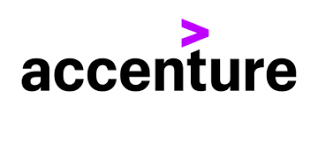
I’m Cecile Andre. I’m the Head of the Banking Industry for Accenture. I’ve been working now for over two years on topics such as open banking, and obviously the creation of consortia in trade finance in particular.
What are the business models for DLT and blockchain consortia?
I think what’s happening is that, given the major trends in the market, the decrease in trade finance, the pressure on the CSR topics – banks need to be much more reactive than before. They have been focusing on reducing their costs through digital, but they’re also focusing on creating ecosystems in an open banking model. Those ecosystems mean working with Supply Chain Finance, other Supply Chain Finance players, as well as other supply chain players like industrial players. And in that context, they found out that in some areas creating Consortium, whether those consortia are utilities or whether those consortia with a profit, could be an interesting alternative.
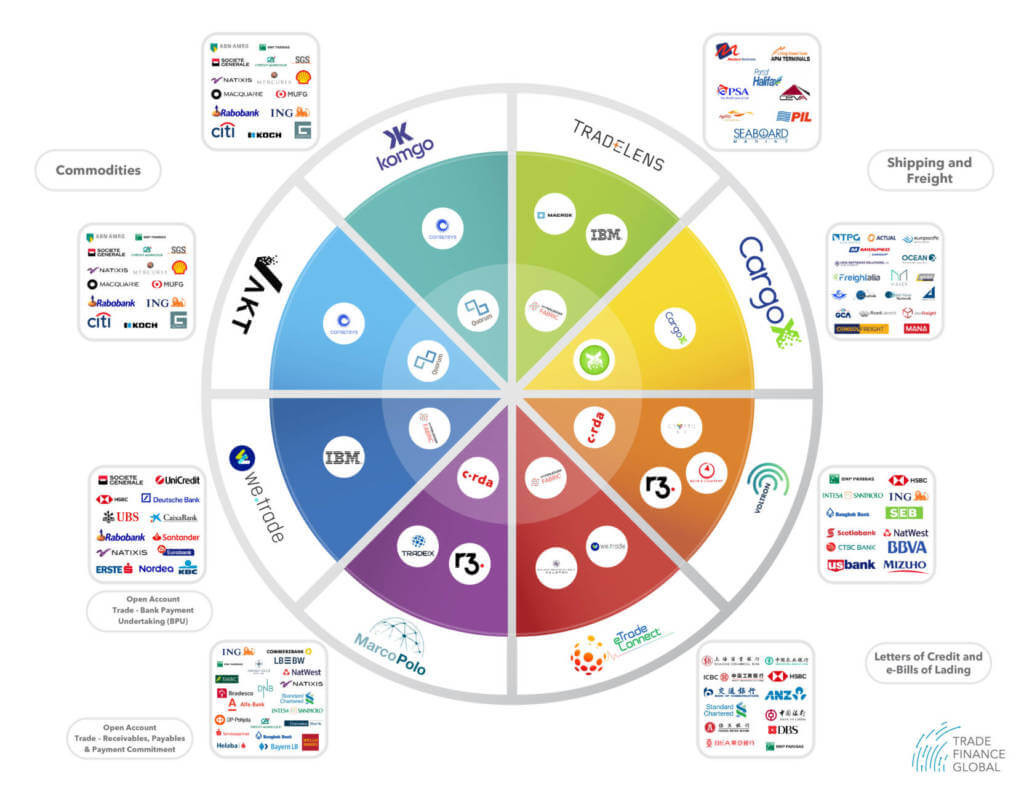
See the interactive diagram
What are the hurdles in DLT/Blockchain consortia?
What I see is a number of challenges, I think, the first one is to identify which area of differentiation each bank will retain vis-à-vis the consortium. Then you have to find the appropriate business model because investing in those consortia is very costly and also investing in the technology in order to be able to onboard the consortia costs a lot of money. So what is the optimal business model both for the bank and for the consortium it will belong to is a is this a second issue. And then I would say the third issue is technology related, which is, what is my optimal stack of solutions, internally developed, external players like the Finastra’s of the world, but also the consortia, and how does all this mix and find an optimal solution? All this in a context where other players are obviously evolving, and in a context where interoperability is not yet I would say a success.
Have noticed a shift from consortia to legal entities and networks?
Yes, I have. I think the governance has taken a large part of the effort in the consortium creation, but I think the focus should be on becoming a tech company because this is actually what’s happening when you create a consortium and the culture of being a tech company is very different from the banking culture. So it’s a big challenge for the banks, but a very interesting one.

What do you think we are going to see in the market with regards to all of these consortia networks and entities in the next 6 to 12 months?
There might be some consolidations. However, we have 24,000 banks in the world. So having 10 consortia, in banking and those having those consortia interconnected with maybe 10 or 20 or 50. Supply Chain consortia, led by industrial players does not seem awkward to me at all.
 Australia
Australia Hong Kong
Hong Kong Japan
Japan Singapore
Singapore United Arab Emirates
United Arab Emirates United States
United States France
France Germany
Germany Ireland
Ireland Netherlands
Netherlands United Kingdom
United Kingdom
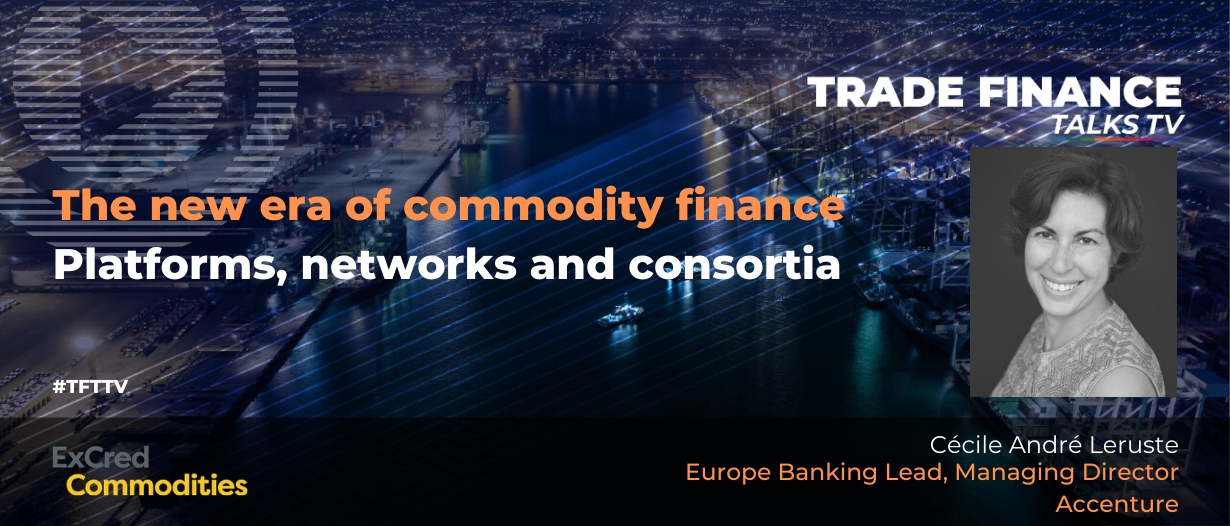
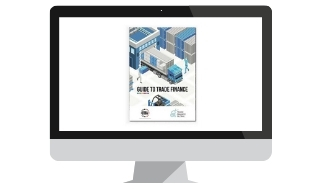







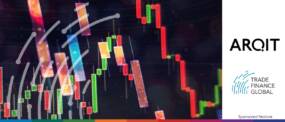
Comments are closed.